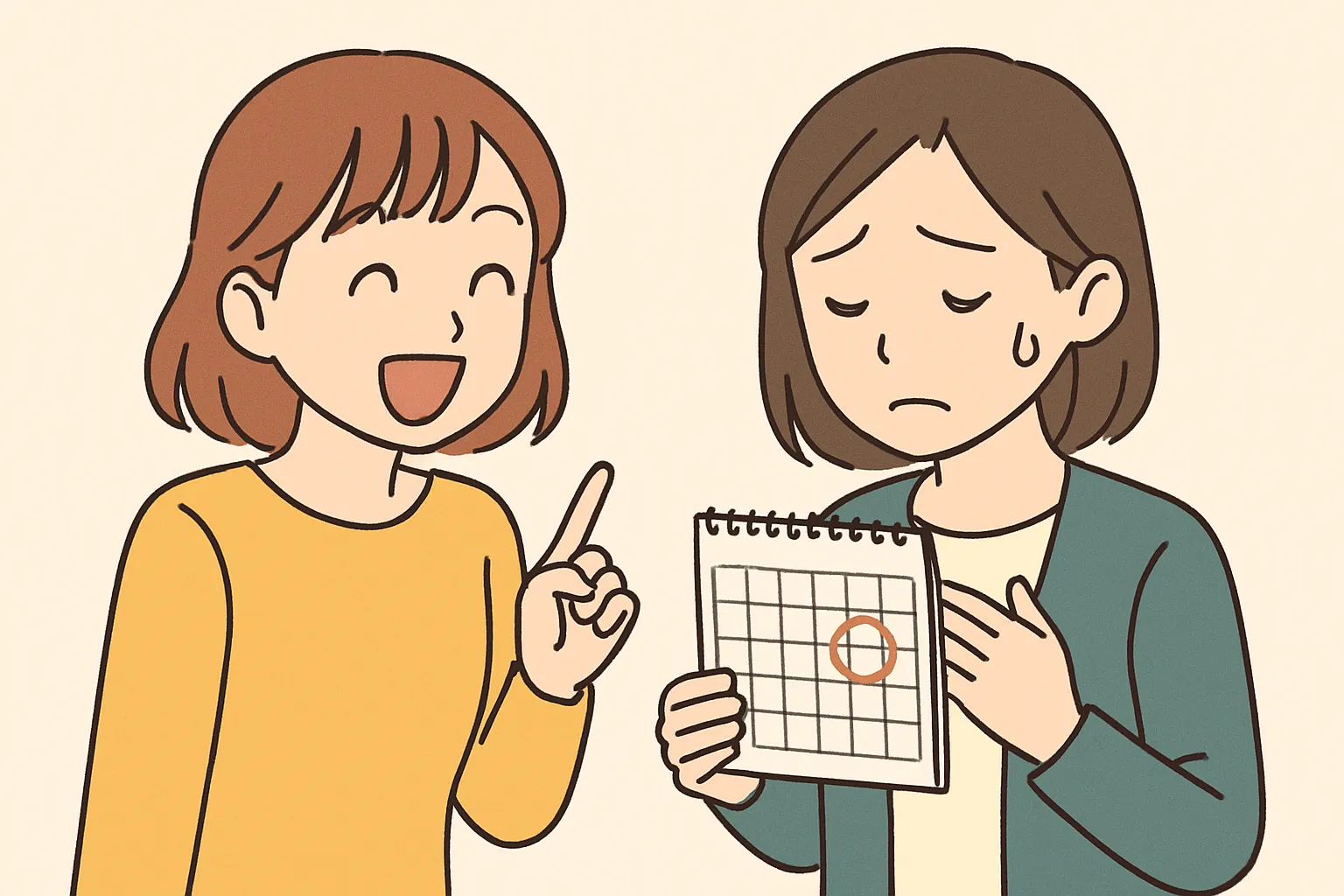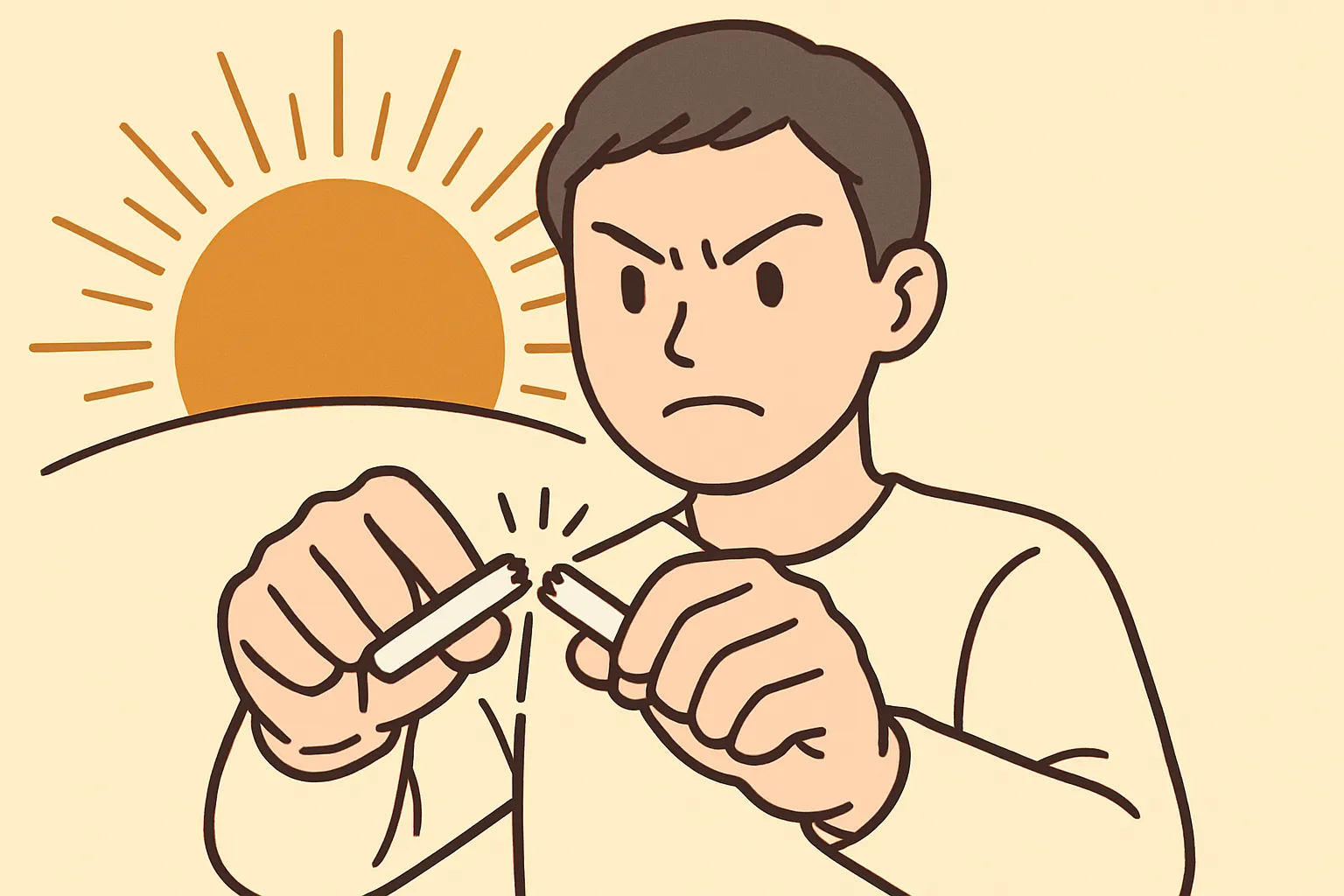Art or Asset? The Korean Valuation Debate
Hello! It’s your Korean skill booster, Maeil Hangeul (매일한글), here to upgrade your fluency!
Today, we’re diving into a sophisticated topic that will challenge you to express complex ideas: the art market. Specifically, we’ll learn how to debate the value of art. Is a masterpiece’s worth objective, or is it all in the eye of the beholder (and their wallet)? This is a perfect skill for gallery visits, academic discussions, or impressing your friends with your nuanced opinions.
Lately in Korea, there’s a huge boom in “Art-tech” (아트테크), where people can co-own a tiny fraction of a multi-million dollar painting, much like buying stocks. This has sparked intense debate everywhere, from online forums to news programs, about what truly determines an artwork’s price. Let’s get you ready to join that conversation!
Core Expressions for the Art Critic
Here are the key phrases you’ll need to argue your point like a pro.
1. 본질적 가치 (bonjiljeok gachi)
* Pronunciation: [bon-jil-jeok ga-chi]
* English Meaning: Intrinsic value; essential worth.
* Detailed Explanation: This is a high-level term used to discuss the value of something based on its inherent nature, separate from its market price or popularity. It refers to the artistic merit, historical significance, or innovation of the work itself. Use this to sound thoughtful and philosophical.
2. 객관적인 척도 (gaekgwanjeogin cheokdo)
* Pronunciation: [gaek-gwan-jeo-gin cheok-do]
* English Meaning: An objective measure/standard/criterion.
* Detailed Explanation: 척도 means a measure or yardstick. When combined with 객관적인 (objective), it refers to a universally agreed-upon standard for evaluation. You can use this to question whether things like auction prices or critic reviews are truly objective.
3. -에 좌우되다 (-e jwawudoeda)
* Pronunciation: [-eh jwa-woo-dwe-da]
* English Meaning: To be determined/swayed/influenced by…
* Detailed Explanation: This passive verb is perfect for explaining what factors influence a decision or outcome. It implies that the subject is not fully in control but is instead affected by an external force. It’s a sophisticated way to say “it depends on…”
* Example: 예술품의 가격은 대중의 인기에 좌우되는 경향이 있다. (The price of art tends to be determined by public popularity.)
4. -는다고 해서 (-neundago haeseo)
* Pronunciation: [-neun-da-go hae-seo]
* English Meaning: Just because… doesn’t mean…
* Detailed Explanation: This is a crucial grammar point for forming a counterargument. It takes a stated fact or opinion and refutes the conclusion one might draw from it. It’s the perfect way to introduce a dissenting view politely but firmly.
* Example: 비싸다고 해서 무조건 좋은 작품인 것은 아니다. (Just because it’s expensive doesn’t mean it’s a good piece of work.)
Example Dialogue: At a Virtual Gallery
Let’s see how these expressions work in a real conversation. Two friends, Minjun and Sora, are browsing an “art-tech” platform.
A (민준): 와, 이 김환기 화가 작품의 가치 평가액 좀 봐. 소액으로 투자할 수 있다니 신기하다.
(Wow, look at the valuation of this Kim Whanki piece. It’s amazing that you can invest a small amount.)
B (소라): 그러게. 하지만 이 가격이 작품의 본질적 가치를 제대로 반영하는 걸까? 나는 시장의 유행에 너무 좌우되는 것 같아.
(I know. But does this price truly reflect the work’s intrinsic value? I feel like it’s too heavily swayed by market trends.)
A (민준): 일리 있는 말이야. 하지만 전문가들의 평가나 경매 기록 같은 나름의 객관적인 척도가 있잖아.
(That’s a valid point. But there are some objective measures, like expert appraisals and auction records.)
B (소라): 음… 하지만 비싼 가격에 팔렸다고 해서 모든 사람이 그 가치에 동의하는 건 아니지. 결국엔 견해 차이가 있을 수밖에 없어.
(Hmm… but just because it sold for a high price doesn’t mean everyone agrees on its value. In the end, there are bound to be differences of opinion.)
Culture Tip: The Rise of “Art-Tech” (아트테크) in Korea
The dialogue above is incredibly realistic in today’s Korea. The term 아트테크 (Art-tech), a portmanteau of “art” and “jae-tech” (재테크, financial planning), is on everyone’s lips.
- What is it? Platforms like TESSA and Sotwo allow users to buy fractional shares of high-value art from masters like Andy Warhol, Yayoi Kusama, or major Korean artists. When the platform later sells the physical artwork at a profit, the investors share the gains.
- Why is it popular? For Korean millennials and Gen Z, it’s seen as a new, sophisticated asset class. It democratizes an exclusive market, making them feel like modern-day patrons of the arts.
- The Debate: This trend has fueled the subjectivity vs. objectivity debate. Some argue that by turning art into a tradable asset, its value becomes more objective and data-driven (based on market demand). Others claim this system strips art of its 본질적 가치 (intrinsic value), reducing masterpieces to mere commodities whose prices are 좌우되다 (swayed by) hype rather than artistic merit.
When you use today’s expressions in this context, you’ll not only sound fluent but also culturally aware.
Let’s Wrap Up & Practice!
Today, we learned how to engage in a high-level debate about art valuation using four key expressions: 본질적 가치, 객관적인 척도, -에 좌우되다, and -는다고 해서. You can now articulate whether you believe art’s value is inherent or market-driven.
Now, it’s your turn!
- Fill in the blank:
작품에 대한 평가는 보는 사람의 주관적인 감상에 크게 __________.
(An artwork’s evaluation is heavily __________ by the viewer’s subjective feelings.) -
Create a sentence: Using -는다고 해서, write a sentence refuting the idea that a famous director always makes good movies.
Share your answers in the comments below! I’d love to see you put these powerful expressions to use. Keep up the fantastic work






